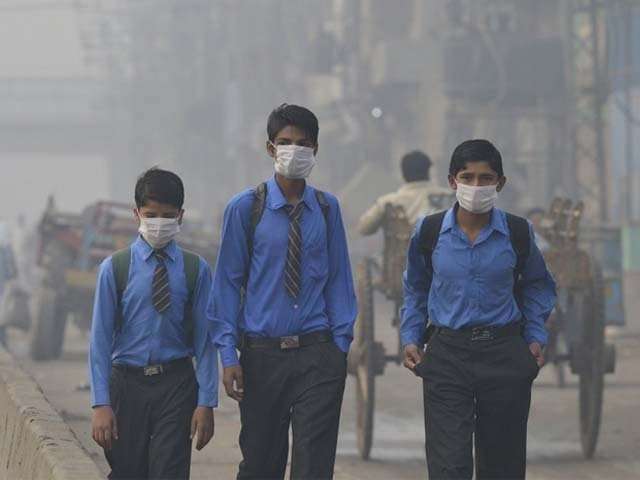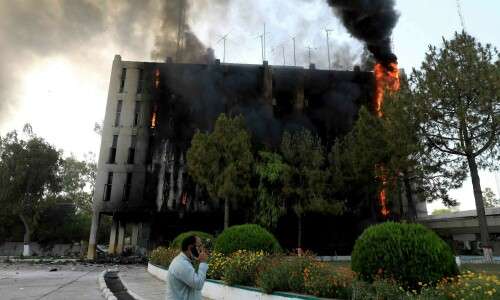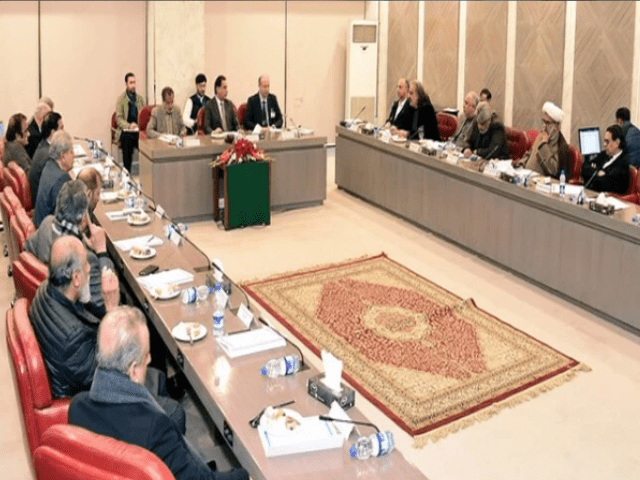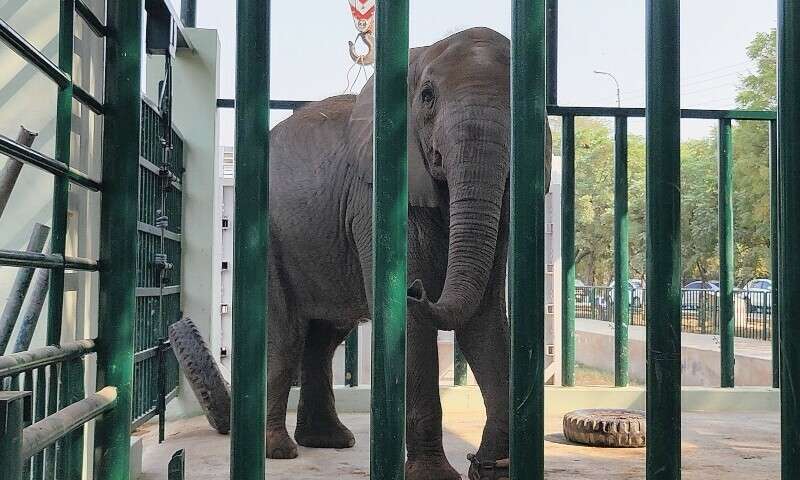In response to the severe smog conditions engulfing Lahore, the Punjab government has announced a one-week closure of schools for primary classes. The decision, revealed by Senior Provincial Minister Maryam Aurangzeb during a press conference, underscores the urgent need to protect children and other vulnerable populations from the hazardous air quality.
Aurangzeb highlighted that the current wind patterns, which are bringing air from India, are expected to continue, complicating efforts to control the smog. “We cannot stop or redirect the Indian air, and the only solution is dialogue,” she stated, calling for cooperation to address the environmental crisis.
Measures to Mitigate Smog Impact
In addition to the school closures, the government has recommended that 50% of the workforce should work from home to reduce exposure to the polluted air. Parents are also encouraged to provide masks for their children and to keep them indoors as much as possible.
Further measures include a ban on certain vehicles within a one-kilometer radius of green zones. Aurangzeb mentioned the availability of technology for artificial rain, which was previously acquired from the UAE. Plans for its implementation will proceed when conditions are suitable.
The government is focused on addressing the immediate health risks posed by the deteriorating air quality while also seeking long-term solutions to combat smog in the region.
Lahore Gasps as Pollution Hits Record Levels
Air pollution in Lahore reached alarming levels on Saturday, with officials reporting that the city’s air quality is nearly 40 times higher than the World Health Organization’s (WHO) recommended limits. The level of PM2.5 pollutants, which pose significant health risks, peaked at 610.
Lahore has been engulfed in smog for several days, a mixture of fog and pollutants exacerbated by low-quality diesel emissions, agricultural burning, and winter weather. The Air Quality Index (AQI) surged to 1,067, far exceeding the ‘dangerous’ threshold of 300, according to IQAir data.
Winds blowing from India have further deteriorated Lahore’s air quality, placing the city third on the global air pollution index, following Delhi and Kinshasa. Reports indicated that regions near the Indian border recorded AQI levels between 1500 and 1800, with Lahore itself facing hazardous conditions marked by an AQI score of 1000.
Government’s Call to Action
The Punjab government’s measures aim to mitigate the effects of the smog and protect public health. However, the situation calls for a collaborative approach to find sustainable solutions to the recurring issue of air pollution in Lahore.



